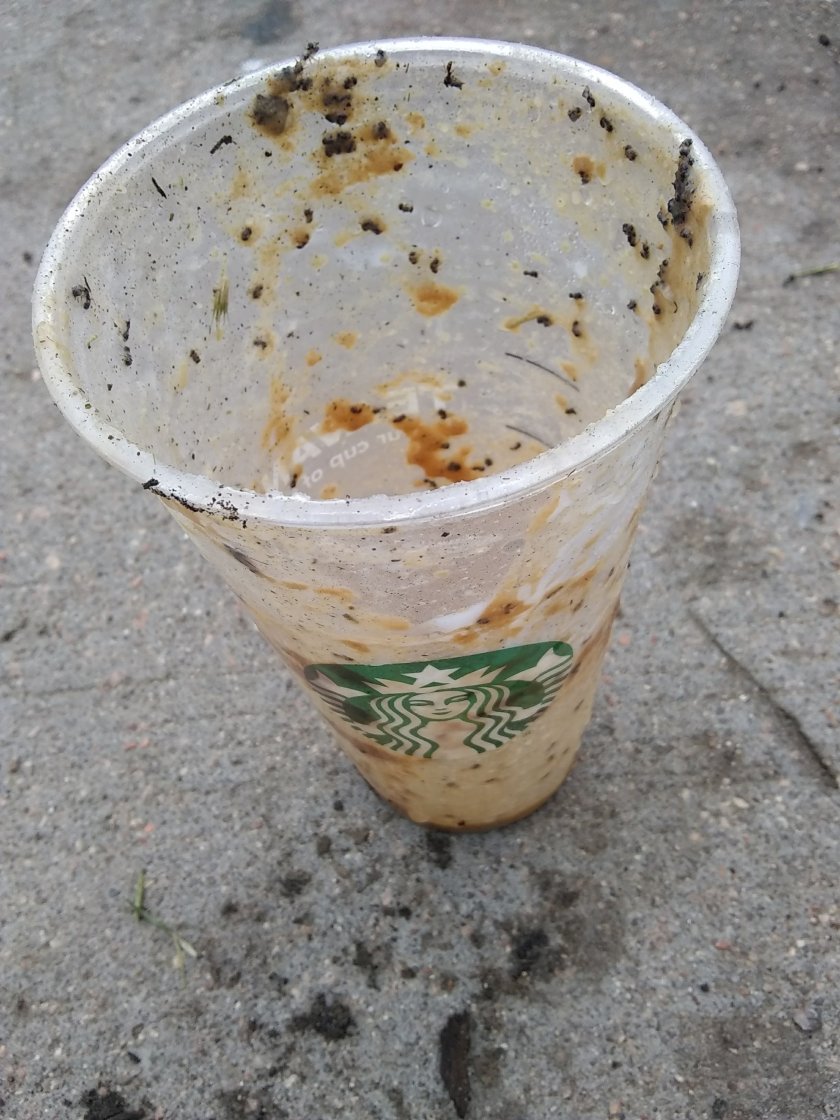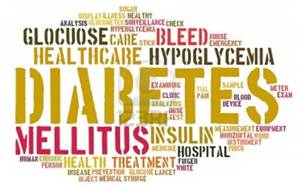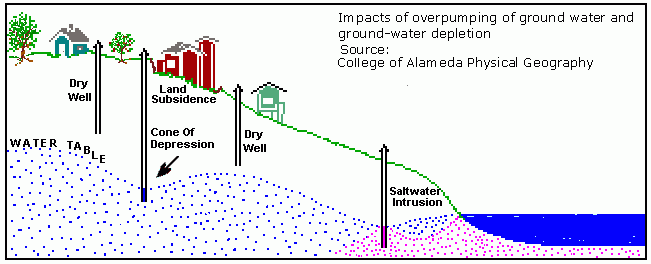
It’s the beginning of summer in America and that means it’s festival season. Festivals are great ways to get members of the community out of their homes, into common spaces where mass quantities of food and beverages are made available for purchase at inflated prices and music fills the air so that people don’t mind so much. Underneath the pretty layers of Sun and Fun for the consumers are teams of laborers who’s responsibility is to ensure that the waste disappears from sight so that event goers have a wonderful time without the hassles of dealing with real world issues for a few hours.
In Denver, Colorado; the topic of trash became big news in 2017 when the expectations city planners envision when an event is held did not align with the specific permit code requirements. The original ‘420 Organizer’ Miguel Ortiz lost his permit battles and received a 3 year ban from getting permits in the city. The major event that has drawn out this conversation about permit holder responsibility. April 20th celebrations of Cannabis that occur in Denver – the first state in the US to authorize consumption of ‘Marijuana’ since the US created a global effort of prohibition in the 1900’s. Local organizers and permit holders who managed this event for years- have not had effective solutions for waste management and in 2017 had the authority to hold this permit removed. The 2018 event proved to be just as ineffective even though corporations took over the permit and responsibilities.

Complaints of trash in recycling systems are highlighting the issues specific to not having a standard of clear standards for recycling in the US. Since China’s 2017 ban on plastics that aren’t 99.5% pure, this issue is becoming more prevalent in the local conversations. Many communities have single stream recycling systems that are contaminated with materials that aren’t actually recyclable, a process called “Wishful Recycling“. This issue is why many events struggle to even attempt any form of recycling at music festivals.
What is the solution to solving this issue? There are several types of ideas that are presented. One of the most successful types of ideas is for concertgoers to get a single cup to use on arrival.
FloydFest hands a Klean Kanteen–conceived stainless steel pint glass to each ticket holder when they enter the festival, a move that nixes 100,000-plus cups or bottles that would’ve been used in their stead. Lollapalooza encourages attendees to bring their own bottles, and a whopping 1,136,313 of them were filled over the course of the festival’s 2016 run. (MTV,2017)

This type of model reduces the quantity of plastics used by the tens of thousands. We need to establish an understanding that one cup per person for the event is viable, logical and not a violation of health codes. Through this effort alone, massive amounts of single use plastics can be eliminated. Other efforts festival planners have attempted is single stream recycling, composting and landfill stations that clearly identify what products go where. In combination, some events are moving from plastic to biodegradable plant based beverage containers, providing water refill stations and eliminating straws from being used.
One problem that organizers face is that even among waste management companies there aren’t unified standards. Trash haulers like Waste Management and Allied Waste are still struggling to develop standard offerings for events and festivals as well as getting people to be effective at home. As these companies catch up to having standard offerings to educate people how to manage waste materials, they are providing single stream trash hauling from event sites. Recycling is generally not an option and sorting the waste after the event is not part of these services, sending most of the materials directly into the landfill.
Solutions for these issues must begin months before the events. To make public festivals sustainable events, partnerships between organizers, performers and corporations must be formed. Efforts to promote shifts in practices have to be promoted through both social media and direct communications to event goers at the time of ticket purchase. In addition educational signage at ticketing/entrance gates, at vending locations and at waste disposal sites are required. Provisions to have water refill stations are much less profitable than selling 12 oz bottles at $2 or more, but the bring real reductions in environmental impacts. As discussed in our earlier post, “I drink bottled water and recycle my bottles, isn’t that good enough?” , each case of plastic water uses an average of 2.25 quarts of oil just to manufacture and distribute.
These solutions are not always easy to implement either. In addition to acquiring equipment to meet the needs of thousands or tens of thousands of event goers, education of both attendees and security personnel is also key. Ensuring that all participants are aware of these efforts is also a real challenge. One advantage for many festival organizers is that participants tend to be environmentally contentious. This will be an advantage in helping Americans in shifting the conversation and practices of consumption.
Hopefully in the years to come, this will also shift the way we consume, helping Americans be more responsible in how we use the resources of the planet.
In the meantime, you can help. Write to local organizers requesting water refill stations, that permission to bring water bottles into venues and encouraging them to eliminate wasteful practices. Encouraging events to allow for multi use beverage containers, be it beer or water, changes the quantity of consumption at any event immediately. Most importantly, either by joining the event teams or by direct communication, stay actively involved in the discussion so that you will reflect the change you want to see in the world!














